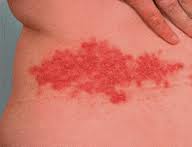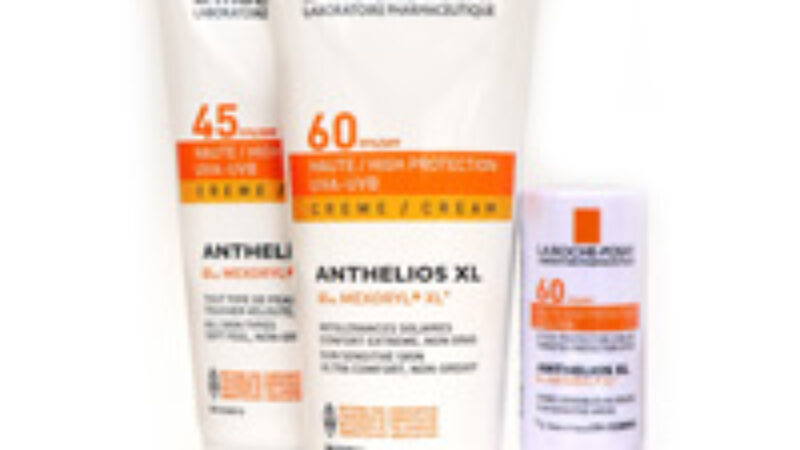Grover’s Disease, also known by various medical terms including “Benign papular acantholytic dermatosis,” “Persistent acantholytic dermatosis” and “Transient acantholytic dermatosis” is a skin condition characterized by a red, itchy rash that appears on the trunk – both front and back – of affected individuals. Other parts of the body including the legs and arms may also be affected.
The itchy rash associated with Grover’s Disease may last an average of 10 to 12 months and it is seen primarily in males over the age of forty. Women are about half as likely to be affected and Grover’s disease appears less commonly in darker skinned individuals.
What Causes Grover’s Disease?
The cause of Grover’s disease is unknown although various triggers are suspected including heat, sweating, sunlight, end-stage renal disease, mechanical irritation or prolonged bed rest. Medications including sufadoxine-pyrimethamine, cetuximab and interleukin-4 have also been associated with the condition. It often occurs in sun-damaged individuals.
Because it is more common in the winter than in the summer, it’s been theorized that there may be a link between Vitamin D deficiency and Grover’s disease. However, there is no conclusive evidence to support this theory.
Confirmation of Grover’s disease is obtained via biopsy.
Treatment of Grover’s Disease
Keeping cool is one of the most important ways to manage Grover’s disease as further sweating may result in more itchy spots. Prescription strength steroid creams control itching. And persistent eruptions are often cleared away with the use of tetracycline or Accutane (prescription Vitamin A). Treatment with UVA light, antifungal pills or cortisone injections are alternatives for severe outbreaks.





I first developed Grover’s Disease while living in Arizona. Now in Mississippi, it recurs often when I work in the yard and sweat. An almost immediate fix is 100,000 units of vitamin A for 2 to 3 days and staying cool.
This works!